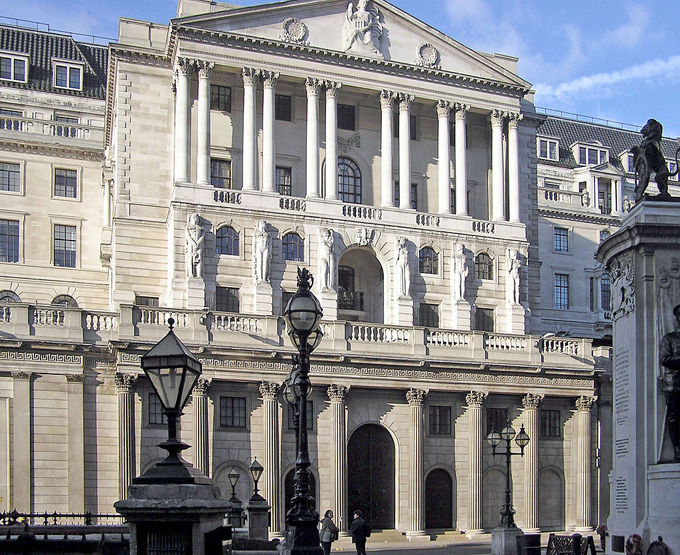THE BANK of England cut its base rate to a record low of 0.1%, a sliver above zero, warning the coronavirus pandemic will result in a ‘sharp and large’ economic shock.
Its rate-setting committee, led by new governor Andrew Bailey, also decided at its unscheduled meeting to re-start the post-crisis asset purchase programme, also known as quantitative easing.
The Bank said it would make an extra £200bn in bond purchases, effectively printing new money to push into the financial system, to support activity as the coronavirus crisis threatens to shut down the economy.
The monetary policy committee (MPC) had cut bank rate to 0.25% from 0.75% only a week ago.
It said the unanimous decision was part of moves ‘to meet the needs of UK businesses and households in dealing with the associated economic disruption’.
Meanwhile, US’ Federal Reserve has introduced yet another emergency measure, injecting further ‘liquidity into markets’, after interventions by European, Australian, South Korean and Japanese authorities failed to halt the global economic meltdown. However, US stocks fell as soon as the markets opened yesterday afternoon despite the measures.
As soon as the opening bell rang in the US’ Wall Street the S&P 500 and the Dow Jones industrial average both lost 1% in early trading.
The Fed announced the new Money Market Mutual Fund Liquidity Facility (MMLF) late on Wednesday night, creating a programme similar to the one rolled out during the 2008 financial meltdown. Managed through the Fed’s branch in Boston, the facility will help banks keep up with investors pulling their funds out of money markets.
The trading floor of the New York Stock Exchange (NYSE) is set to shut in the latest coronavirus-related closure.
